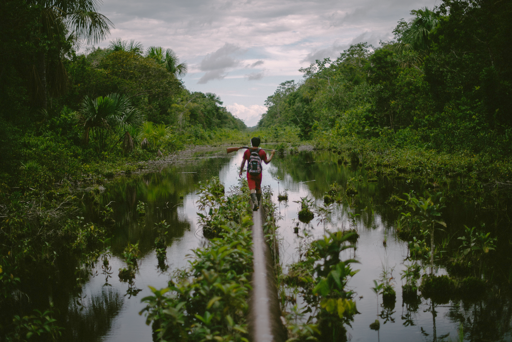Some legal systems have a civil procedure that empowers a group of people to join forces to create a temporary entity (class), which they use to seek judicial redress from another entity, typically a corporation, for harm caused by an incident, product or service. Known as a ‘class action suit’, this type of litigation was pioneered in the United States during the twentieth century to address various forms of corporate misconduct and gross negligence. For example, they played a key role in forcing the energy companies to improve their operating procedures and to compensate individuals for damage caused by oil spills and toxic waste dumps. Considering the legacy of the extractive industries in the Pan Amazon, class action suits represent a potential strategy for financing the remediation of the environmental calamities that have accumulated over the past five decades. All Pan Amazonian countries have incorporated aspects of this judicial concept into their civil codes; however, it has been deployed with mixed results, partly because of the region’s weak judicial governance. A sign hung on the offices of the Union of People Affected by Texaco in Ecuador, reminding of the damage caused by the oil company. Photo: Union of People Affected by Chevron Oil Company (Udapt). In one of the highest-profile cases, inhabitants of Ecuador’s Sucumbíos Province sued Texaco, later acquired by Chevron, for compensation for harm caused by practices that polluted the region’s soil and water between 1965 and 1992. In a complicated series of judicial rulings across several jurisdictions,…This article was originally published on Mongabay
From Conservation news via this RSS feed


